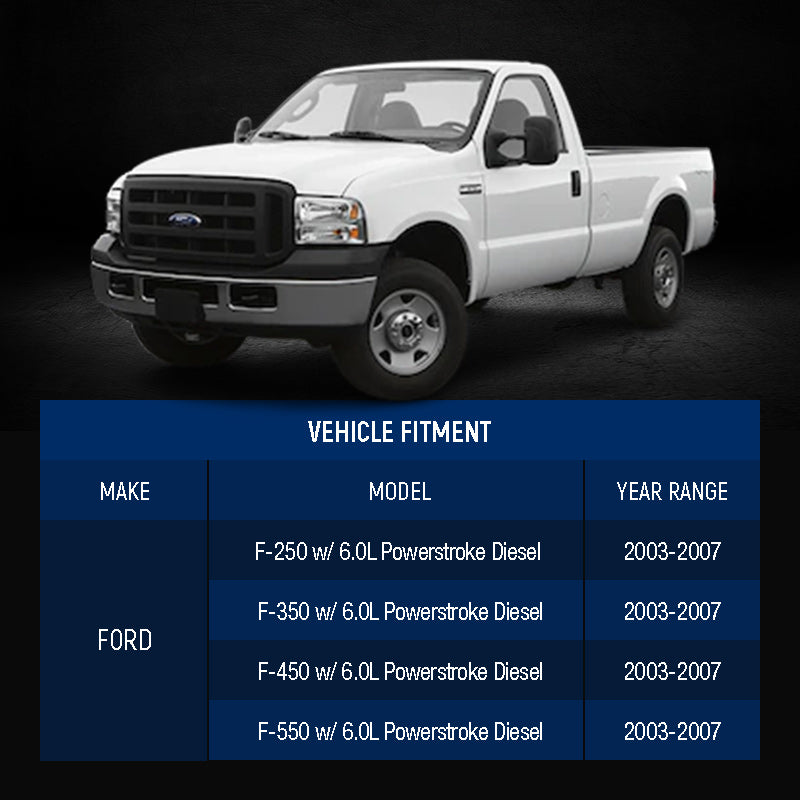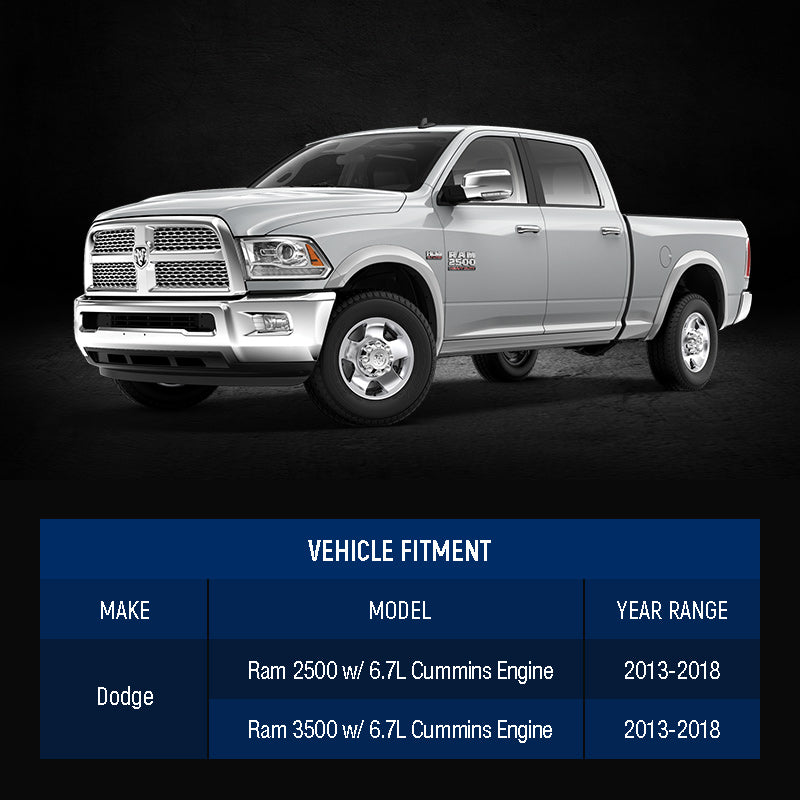How Radiator Overflow Tanks Prevent Engine Damage
- Author: SPELAB Mechanical Engineer (focusing on car modification for 10 years)
That little reservoir next to your car's radiator isn't just for show. Known as the radiator overflow tank, or more technically as the coolant overflow tank, it's a crucial part of your cooling system. Ignore it at your own peril because this unassuming component is a frontline defense against engine damage.
The Anatomy of a Radiator Overflow Tank
You pop the hood, and there it is, the radiator overflow tank, sitting quietly beside the radiator. It's often made of high-density plastic, but if you're into the performance scene, you might find some made of aluminum. These materials are chosen for their durability and resistance to heat.
The tank is more than just a container; it has an inlet hose connected to the radiator. This hose is the gateway for coolant to move back and forth between the radiator and the tank. There's also an outlet at the bottom, an escape route for the coolant when things get too hot to handle.
Inside the tank, you'll find a tube running from the top to near the bottom. This tube allows coolant to be sucked back into the cooling system when needed. It's a simple yet effective design that keeps your engine from turning into a pressure cooker.
The cap on the tank is no ordinary lid. It's a pressure-release cap that allows excess pressure to escape, preventing potential damage to the cooling system. The cap also has a rubber gasket to ensure a tight seal, keeping the coolant where it belongs.
You might notice some tanks have level markings on the side. These are not just for show; they help you keep tabs on the coolant level. Too low or too high, and you could be asking for trouble.
How the Overflow Tank Works with the Radiator
The radiator and the overflow tank are like a dynamic duo in automotive cooling. They work in tandem to manage your engine's temperature. The radiator does the heavy lifting by dissipating heat, while the overflow tank serves as a reservoir for excess coolant.
When your engine heats up, the coolant expands. The radiator can only hold so much, and that's where the overflow tank comes into play. It receives the extra coolant, preventing it from spilling onto the ground or causing pressure build-up.
The overflow tank isn't just a passive container; it's an active part of the cooling system. When the engine cools down, the coolant contracts. The overflow tank then sends the stored coolant back into the radiator, ensuring it's always at the optimal level.
The process is facilitated by a hose connecting the radiator to the overflow tank. This hose is more than a simple tube; it's the lifeline that allows coolant to move back and forth as needed. It's crucial to keep this hose in good condition to ensure smooth operation.
The cap on the overflow tank also plays a role here. It's designed to release excess pressure, acting like a safety valve for your cooling system. This helps maintain a balanced environment, which is crucial for efficient cooling.
Keeping an eye on the coolant level in the overflow tank is a good practice. Most tanks have level markings to make this easier. Consistent levels indicate a healthy cooling system, while fluctuations could signal issues.
The Science Behind Coolant Expansion and Contraction
Coolant is a fickle fluid that expands when it gets hot and contracts when it cools down. This isn't just a quirk; it's a fundamental property of liquids. The radiator and overflow tank have to deal with these changes to keep your engine from overheating or freezing.
The overflow tank sometimes called the coolant reservoir, is designed to accommodate these fluctuations in coolant volume. When the engine heats up, and the coolant expands, the excess has to go somewhere. That's where the overflow tank steps in, providing a temporary home for the expanding coolant.
The tank isn't just a storage unit; it's an active part of the cooling system. The coolant contracts when the engine cools down, creating a vacuum effect. The overflow tank feeds the contracted coolant back into the radiator, ensuring it remains full and ready for the engine's next cycle.
This back-and-forth movement is facilitated by a hose that connects the radiator to the overflow tank. It's a two-way street, allowing coolant to move in either direction depending on the engine's needs. The hose is a critical component and should be checked regularly for wear and tear.
Signs Your Overflow Tank Needs Attention
Ever notice your temperature gauge creeping up higher than usual? That could be a sign your overflow tank isn't doing its job. A malfunctioning tank can lead to poor coolant circulation, causing your engine to run hot.
Another red flag is a consistently low coolant level in the overflow tank. If you find yourself constantly topping off the coolant, you might have a leak or a crack in the tank. This is a problem you'll want to address sooner rather than later.
A puddle of coolant under your car is never a good sign. If it's coming from the area near the overflow tank, you've likely found your culprit. Leaks can occur due to cracks in the tank or issues with the hose connections.
Don't ignore a discolored or dirty overflow tank. Contaminants in the coolant can lead to corrosion and other issues within the cooling system. A quick visual inspection can save you a lot of headaches down the line.
Strange noises from the cooling system? Listen for gurgling or boiling sounds. These noises could indicate that the overflow tank is unable to relieve pressure, causing the coolant to boil.
Choosing the Right Overflow Tank for Your Ride
Picking the right overflow tank isn't just a matter of grabbing the first one you see on the shelf. Several factors come into play, and compatibility is king. You want a tank that meshes well with your vehicle's make and model.
Material matters, too. Overflow tanks are commonly made of plastic, but aluminum options offer better durability. It's a bit like choosing between a sturdy leather jacket and a windbreaker; both do the job, but one's going to last you a lot longer.
Size is another consideration. You'll need to know the capacity of your cooling system to choose a tank that can handle the volume. It's not a one-size-fits-all situation; think of it as finding the right pair of shoes for a long hike.
Mounting options can also influence your choice. Some tanks are designed to be universal, while others are vehicle-specific. Make sure to check the mounting points and hardware to ensure a secure fit.
By the way, if you're looking for a deal, SPELAB is offering a stackable discount. Use the code spe05 at checkout and snag yourself 5% off. A little savings can go a long way, especially if you're in the middle of a full-on car project.
Conclusion
The radiator overflow tank is far from a trivial accessory; it's an essential part of your vehicle's cooling system that you can't afford to overlook. Choosing the right one involves a keen eye for detail, from the material and size to compatibility with your car's make and model. Keep it in top shape, and it will return the favor by helping your engine run efficiently.







